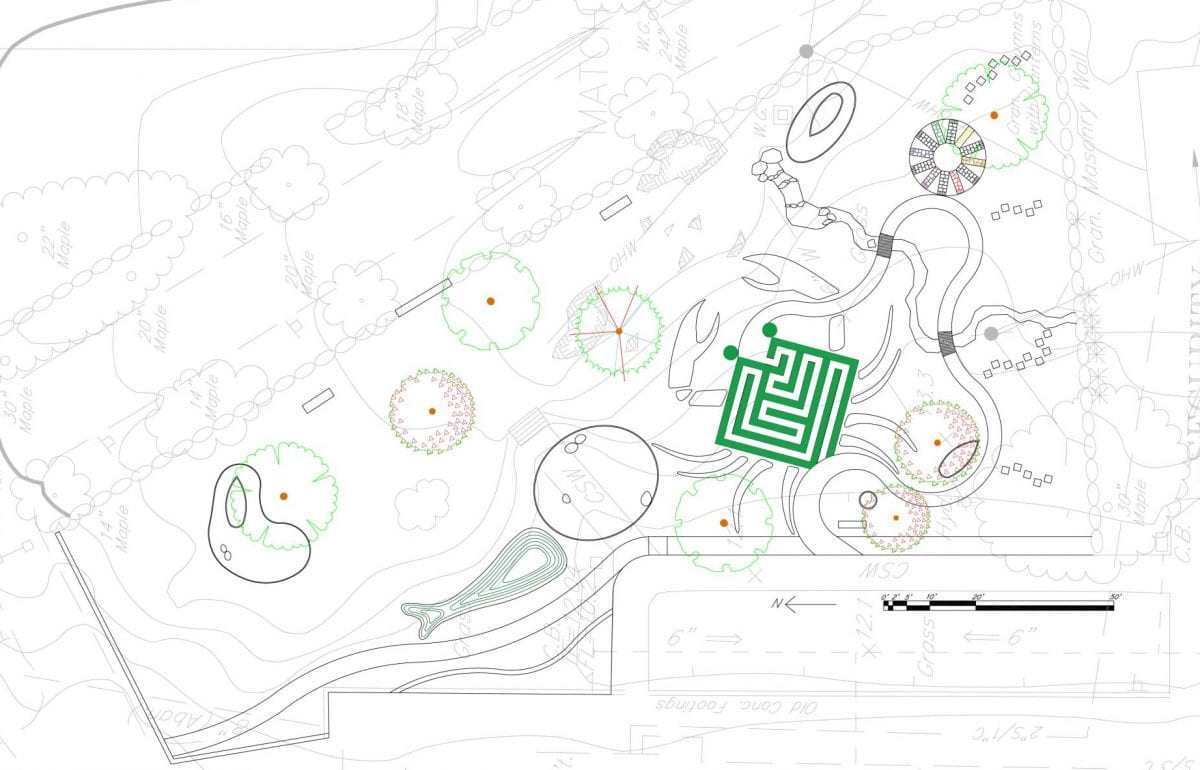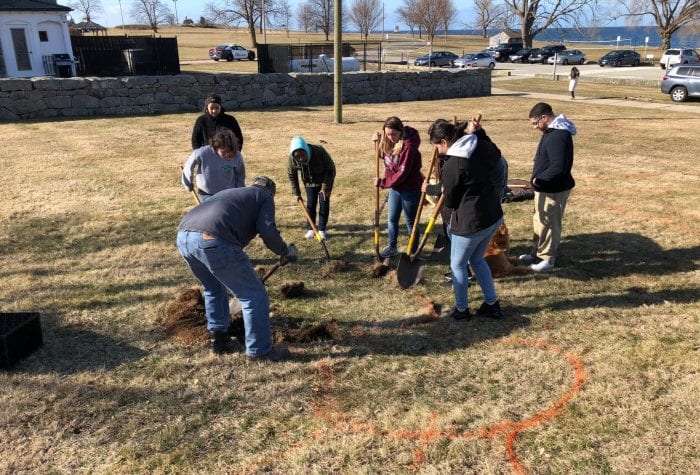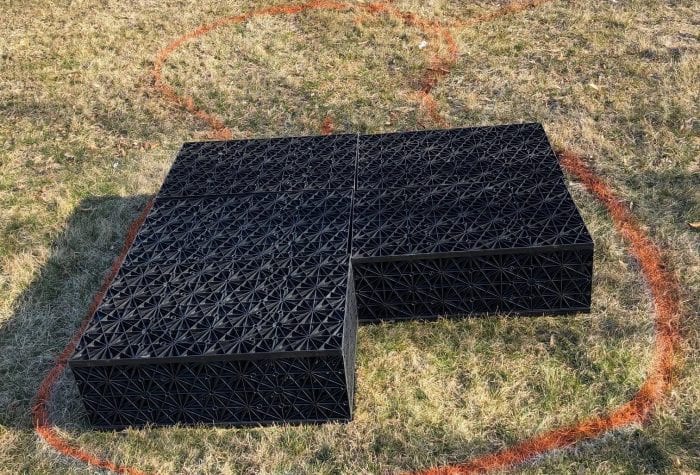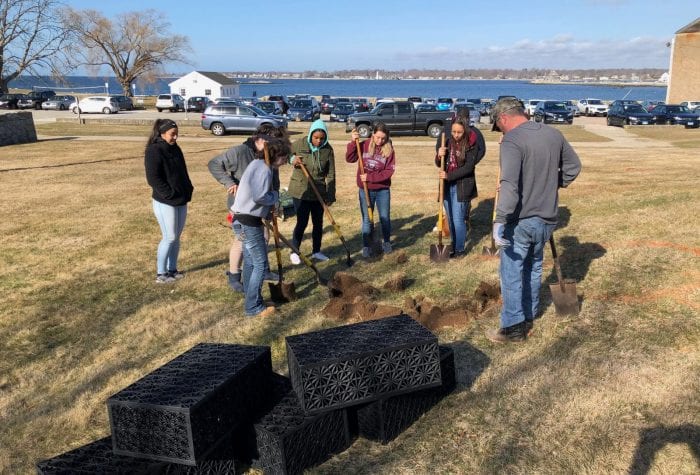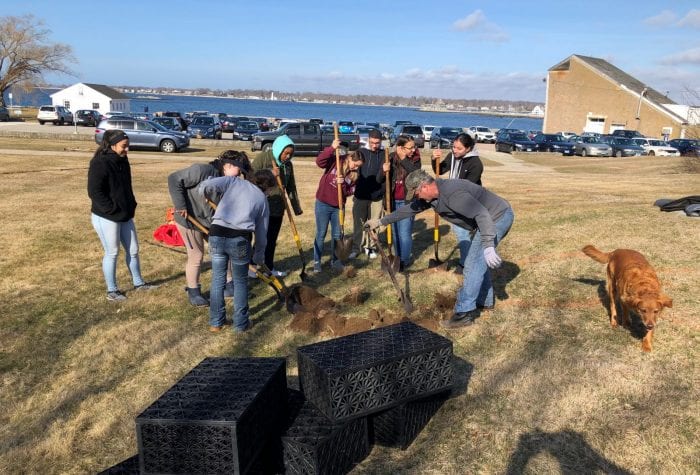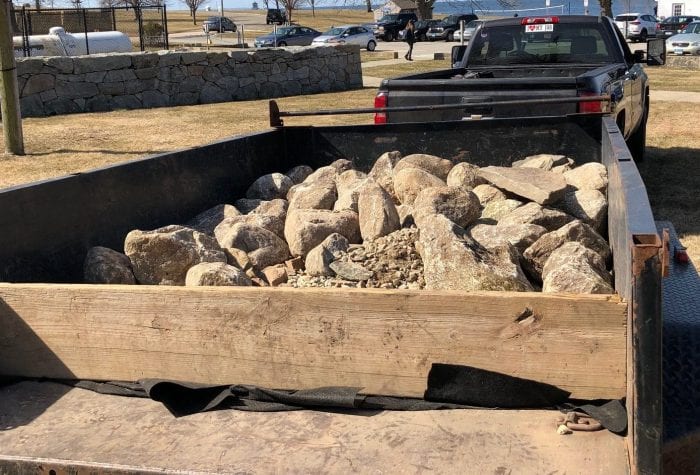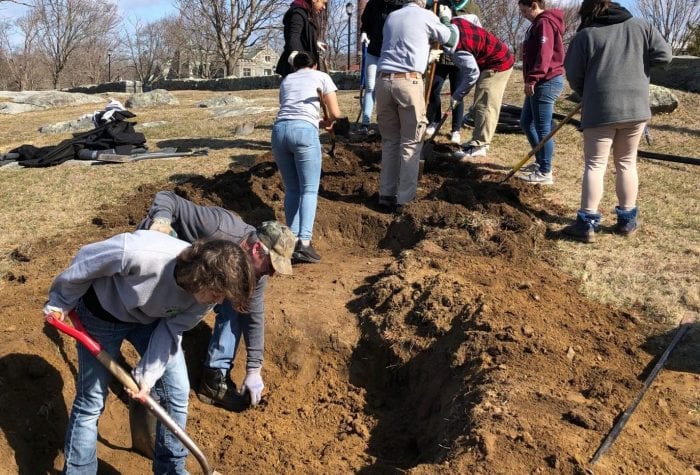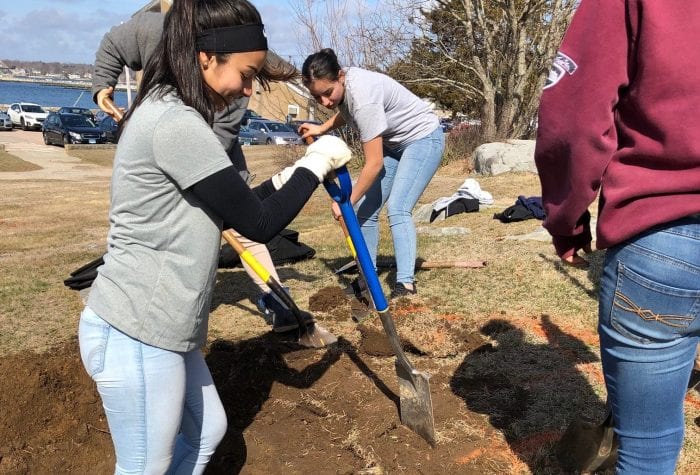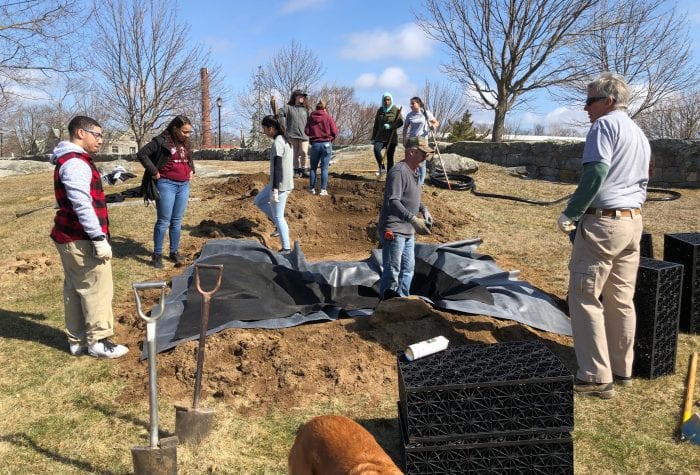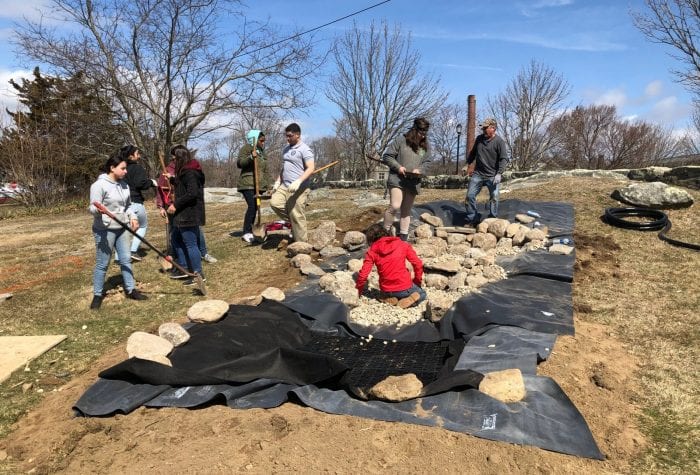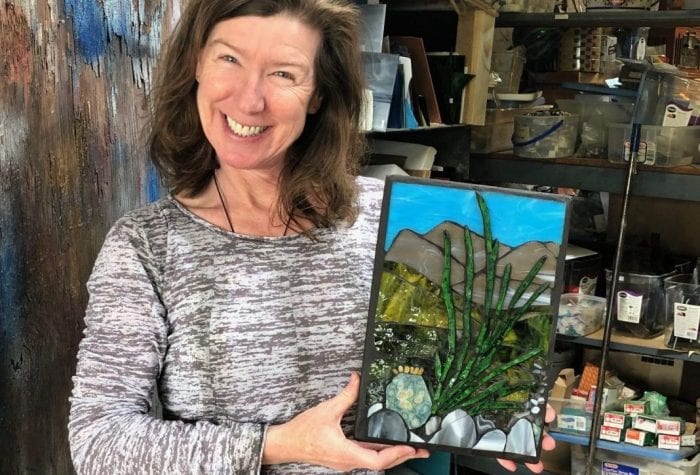The garden is my attempt to rectify, in small measure, what I see as a lack of purposeful outdoor play that is built around the senses. The outdoor spaces that I see our children play in contain predominantly plastic or metal single-use play equipment, directed at motor development. The surface of these commercial play spaces tends to be dirt, recycled rubber, or maybe wood chips with little, other than maybe mold or mildew, living in them. What in these environments engages the senses? Where are the plants, bugs, worms, and other living things that I played with as a child? Where is the diversity of materials that developing children need to touch, taste, smell, see and hear?
It is these sensory experiences that create neural connections in the brain and that are critical for development. My fear is that, with so much time spent inside or even outside on pavement or sterile surfaces, children aren’t getting the neural stimulation they need. Nature provides a plethora of different textures, colors, shapes, smells, sights, etc. to engage every sense a hundred times over. This is where neural stimulation and brain development really occur.
Young children learn primarily through their senses and a multitude of studies have demonstrated a correlation between sensory stimulation and brain development. We know now that a critical “window” exists, from birth to approximately age seven, during which many neural connections are formed. The greater the variety and scope of stimulation, the more complex the brain structure.
What concerns me is the lack of variety and scope of stimulation in outdoor spaces where our children play. So many parents today work and their children spend those hours in daycare, then nursery school, then preschool, then elementary school, etc. Are these institutions providing access to nature? Are we providing it for our children when we’re not at work? Don’t we want our children to have a relationship with nature for the simple love of nature?
Along with the cognitive benefits of nature, there are also well-documented benefits to children that include more confidence, higher self-esteem, and a greater ability to concentrate. These benefits of nature extend to all ages. Studies have shown that even looking out a window and seeing the color green creates a sense of calm. It is my opinion that we all need to get outside more, but not just outside, in nature.
Furthermore, especially in urban environments, nature must be made more accessible so that those who can’t afford to travel to a forest, woods, or botanical garden (due to finances, time constraints, or physical limitations) can share in the benefits of nature. Gardens on urban lots or in public spaces (even if all of the plants live in containers) are a relatively inexpensive means of providing nature to our community. The benefits of this small investment are huge and it is this tenant that began my journey with the Avery Point Cognitive Garden.
